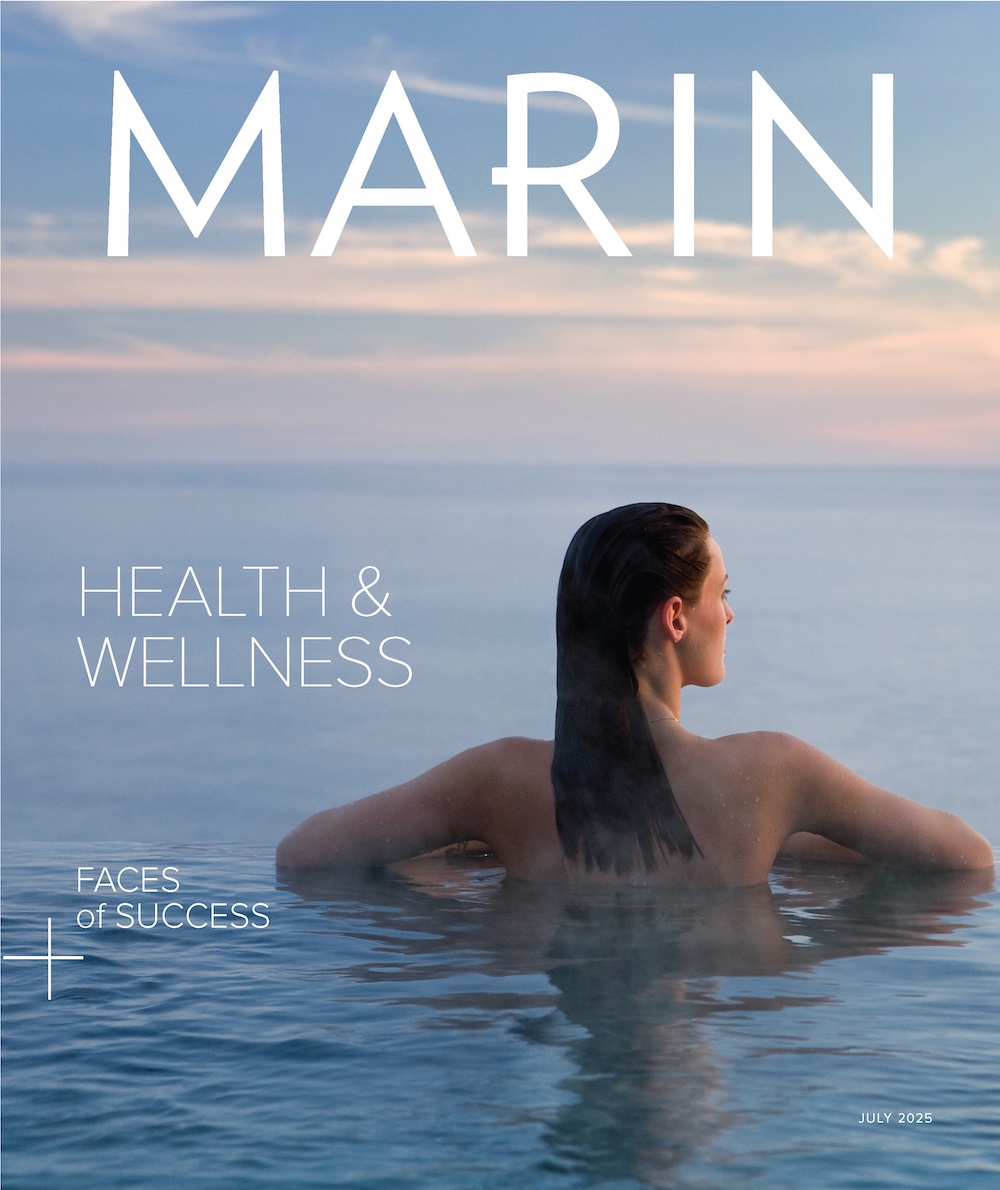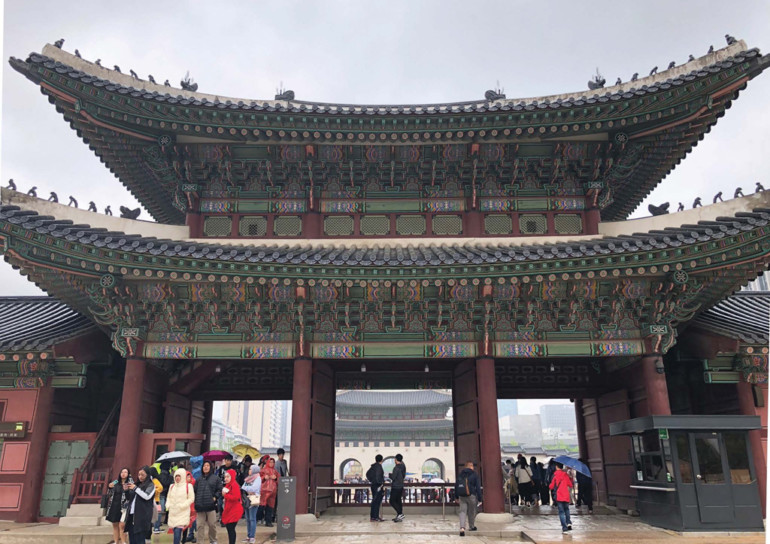IT SEEMS THAT every town in the world has a specific nickname or superlative attached to it, no matter how silly or insignificant it may seem — the City of Light, the Biggest Little City in the World, The Big Apple. The town I was born in, in South Korea, also has a special distinction. Located on a branch of the Han River in Seoul, for many years Nanjido was best known as Seoul’s official dump site. From the late 1970s to 1993, it accumulated 91,972,000 cubic meters of garbage.
I was born there in the wake of the Korean War, which took nearly 3 million lives. More than half the people killed during this brief but gruesome war were civilians. My family lived like many other families did at that time, all of us in a small one-room shack. There was no heating, so we would move the coals we cooked with from the stove to the corner of the room at night to heat the space. There was no running water either, and I would carry buckets of it back from the well to the house every day. Our bathroom was a hole about six feet deep with two wooden slats on top. At night, we would roll out mats to sleep on. But we survived unharmed. A neighbor of ours would go through the trash heap and collect steel until one day an explosion at the dump blew off his legs.
Forty-four years later, I returned to my birthplace, by chance on the day after North Korean leader Kim Jong Un and South Korean president Moon Jae-in had their peace talk. Un broke from decades of distrust to become the first North Korean leader to cross into South Korean territory since 1953. But even given this historic moment, South Korea as I knew it had changed drastically. Nothing looked or felt familiar to me. The small one-room shacks I grew up in were replaced by modern high-rises. The working poor with dark skin and round faces were replaced by fashionably dressed, cosmetically enhanced and hyper-educated professionals. Even my hometown had a shiny new veneer. The garbage is no longer exposed, and the site has become an ecology park that attracts 9.8 million visitors every year.
[gtx_gallery]
This article originally appeared in Marin Magazine’s print edition with the headline: South Korea


